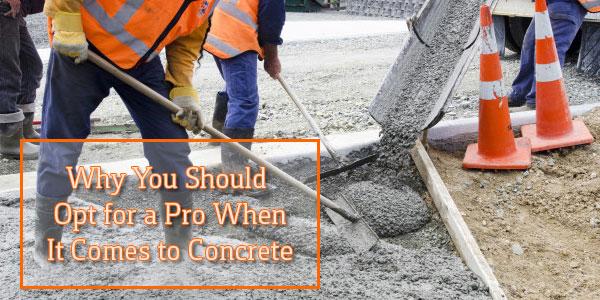Steel Workshop Tool Review: Milwaukee 2731 M18 Fuel Brushless Circular Saw

If you haven’t tested the Milwaukee 2731 M18 Fuel Brushless Circular Saw you’re missing out. The 6-½” version of the M18 Fuel Circular Saw has become a staple in contractor’s toolboxes as well as homeowner’s steel workshops due to it’s stunning cordless power. The latest version, released in August, has added to a growing excitement surrounding Milwaukee cordless power tools. The new version features a 7-1/4” blade.
The 7-1/4” blade is most popular among builders because of it’s versatility and strength. The “right-handed” saw matches the design of many corded sidewinder-style circular saws on the market. With a cutting capacity of up to 2-½”, it’s more powerful than it’s counterparts. 
The 7-1/4” FUEL Circular Saw is said to deliver 2X the runtime of other 18V cordless circular saws. The best part about the latest from Milwaukee Circular Saws is the lightweight feature, with the 7-1/4” FUEL Circular Saw weighing in at only 9 lbs, making it 40% lighter than corded circular saws.
There are a number of great selling points to the M18 Fuel Circular Saw. It has a brushless motor, which means great runtime and a lot of power, and it’s built to handle 7-¼” circular saw blades. The M18 Fuel Circular Saw has amazing cutting capacity, blade selection and availability, including a robust-looking magnesium shoe, as well as magnesium blade guards.
Users who want a corded-like performance and cutting capacity, much like what they’re used to, will be impressed with the 7-¼” M18 Fuel Circular Saw. Because of it’s light weight and cordless functionality, the M18 Fuel Circular Saw won’t take up much space in your steel workshop.
If you currently use your circular saw for small projects, you will most likely benefit more from the 6-½” blade. Just as durable, reliable, strong and easy-to-handle as the 7-¼” blade, the 6-½” blade will save buyers a little money. You lose some cut capacity with the 6-1/2″ blade, but if you’re using your saw for home projects, you will find the 6-1/2″ blade is perfect.
 In the past, cordless circular saws have missed the mark on power and run-time. Skeptics will have to take a closer look at the 7-¼” M18 Fuel Circular Saw, because it actually stands up to a number of user tests. In fact, the 7-¼” M18 Fuel Circular Saw claims faster cuts than the two most popular, corded pro circular saws on the market.
In the past, cordless circular saws have missed the mark on power and run-time. Skeptics will have to take a closer look at the 7-¼” M18 Fuel Circular Saw, because it actually stands up to a number of user tests. In fact, the 7-¼” M18 Fuel Circular Saw claims faster cuts than the two most popular, corded pro circular saws on the market.
Milwaukee conducted speed tests to prove the M18 Fuel Circular Saw’s superior cutting power. A 10lb weight was attached to a range of saws, including the M18 Fuel Circular Saw, as the only force applied. Next, each of these saws cut down through a 2×10. The M18 Fuel Circular Saw made the cut in 2.25 second, while the corded Dewalt DWE575 and Makita 5007 both took over 2.6 seconds.
Milwaukee claims a single charge of the provided 4.0 Ah M18 batteries will make an average of 233 cuts in standard 2×4 material. This means, no running down from the roof every 30 minutes to change out a battery.
If you’re looking to upgrade the tools in your steel workshop or are a new buyer looking for a reliable circular saw, the Milwaukee M18 Fuel Circular Saw is a front-runner when it comes to cordless saws. In a nutshell, it’s a really nice tool that cuts like butter, and that’s a good thing, whether you’re a homeowner or work in construction day-in and day-out.
If you’re a Power Tool enthusiast like we are, you’ll love our Contractor Central blog, which covers all things building related.
Photo courtesy: Milwaukee« 5 Ways Contractors Can Make Money in the Winter
Why Are Men Not Going to Church, and How Do We Get Them Back? »
Popular Posts

In your time as a small business owner, I’m sure you’ve worn your fair share of hats. You were the first official employee and now you probably manage a whole team of employees. As your business and number of employees continue to grow, so should your building. That could come with its fair share of… …

It is the most widely used man-made material on the planet and it’s perhaps the most misunderstood. It’s concrete and it’s a necessary component to your first time building project. Whether you opt for a traditional build or the convenience and affordability of a pre-engineered structure for your first time building project, you will need… …

